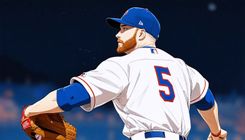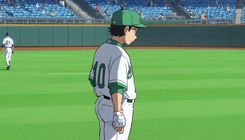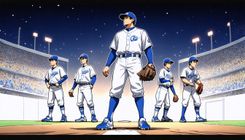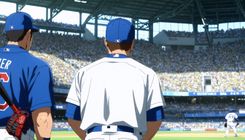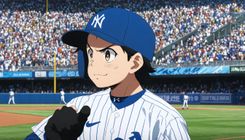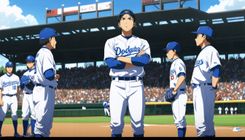MLB Trade Deadline Analysis: Winners and Losers
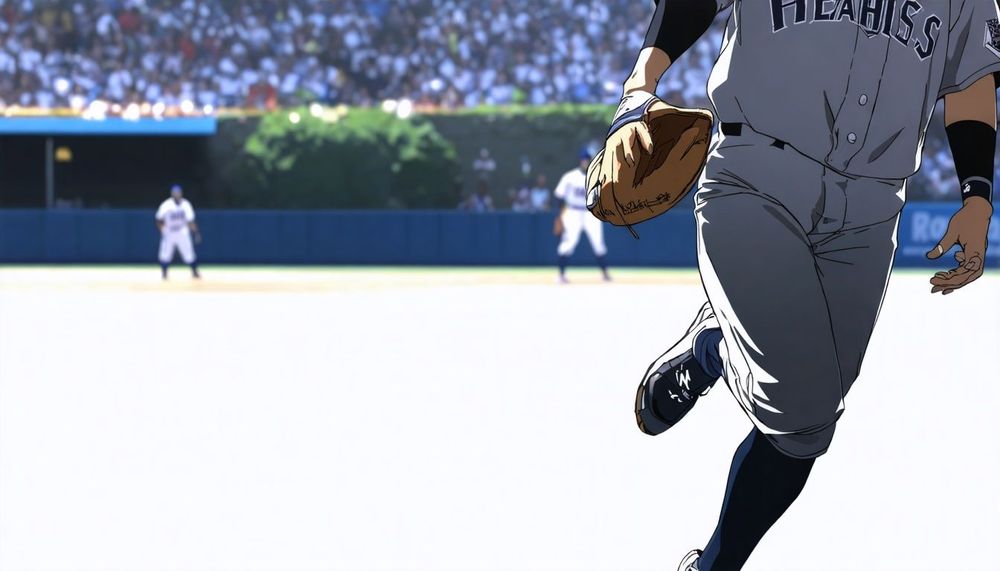
The Major League Baseball trade deadline consistently stirs excitement, often delivering unexpected and significant moves up to (and even beyond) the final moments. With the deadline approaching, initial predictions suggested a quieter trade period; however, key players such as Carlos Correa, Mason Miller, and Eugenio Suárez sparked a flurry of activity that reshaped the landscape for numerous teams.
The trade involving right-handed pitcher Mason Miller notably captured attention. Despite being a two-pitch pitcher, Miller showcases remarkable velocity, regularly surpassing 103 MPH on his four-seam fastball and complementing this with a powerful slider. In a limited career, batters have struggled against him, achieving just a .126 batting average with an impressive 94 strikeouts ending on his slider. The Oakland Athletics' willingness to part with such a talent required an enticing offer, and the San Diego Padres delivered. The deal included top prospects, with shortstop Leo De Vries, a highly regarded 18-year-old playing in High-A, being a centerpiece of the transaction. The Padres also traded multiple other prospects, forming a deal that could benefit both franchises.
For the Padres, acquiring Miller addresses potential offseason concerns with Robert Suarez's player option and adds depth to their rotation, which has faced injuries. For the Athletics, De Vries represents a future cornerstone as they transition to Las Vegas, while Braden Nett offers immediate rotation options. Both teams may emerge from this exchange as winners, creating a foundation for future success.
The Minnesota Twins, however, encountered difficulties following the shoulder injury of pitcher Pablo López, which could significantly affect the franchise's trajectory. Once competing for a strong postseason position, the Twins have struggled since, trailing in overall performance. Despite statements from star player Byron Buxton expressing commitment to remain in Minnesota, the roster has seen substantial changes, including the departure of key players such as Carlos Correa and Jhoan Durán, both essential to the team's competitiveness.
With their assets diminished and failing to secure a robust return, the Twins did manage to bring in some prospects, including outfielder James Outman from the Los Angeles Dodgers. Yet, sentiment around the fan base remains notably bleak as the team embraces a rebuilding phase.
Turning to the New York Mets, whose bullpen issues have been an ongoing concern, they were active in addressing this deficit at the trade deadline. After notable performances from Edwin Díaz, the Mets secured three relievers: Ryan Helsley from St. Louis, Tyler Rogers from San Francisco, and Gregory Soto from Baltimore. Although their commitments came at the cost of several prospects, the addition of these arms should bolster their bullpen significantly and potentially position them for meaningful postseason contention.
Through their strategy, the Mets might have given away future assets, but if these acquisitions lead to a successful playoff run, the moves could be deemed a triumph for the organization.
Meanwhile, the St. Louis Cardinals opted for a less aggressive strategy at this trading period, ultimately unable to part ways with established players holding no-trade clauses. Instead of revamping their roster, they made modest trades for minor league prospects, leaving the overall impression of stagnation within the organization as they navigate another uninspiring season.
Contrastingly, the Philadelphia Phillies capitalized on the market’s opportunities, acquiring key players like Jhoan Durán and Harrison Bader without surrendering their top-tier prospects. This strategy reflects a keen focus on enhancing the roster while preserving future assets, demonstrating an adept approach in a highly competitive landscape.
On the flip side, the Chicago Cubs and White Sox find themselves in opposing directions. While the Cubs, aimed at improvement with recent additions to their pitching staff, fell short of engaging in more impactful trade negotiations. The White Sox, on the other hand, appeared passive, unwilling to capitalize on opportunities that could have strengthened their struggling franchise, leading to speculation about their long-term plans.
In contrast, the Cleveland Guardians managed to enhance their roster by acquiring Shane Bieber, who will bolster their rotation. This acquisition exemplifies the balancing act present for teams looking to navigate the trade deadline's complexities.
On a similar note, the Cincinnati Reds sought to bolster their third base position, trading for Ke'Bryan Hayes instead of pursuing Eugenio Suárez. Despite Hayes’ defensive abilities, concerns about offensive production persist, with his recent performance raising questions about the fit within a lineup needing power.
Meanwhile, the Seattle Mariners successfully re-acquired Eugenio Suárez, which could reignite their offense, demonstrating an understanding of their recurring needs. The Mariners’ roster, combined with their adept trade strategy, positions them well for the remainder of the season.
As the race for the AL West intensifies, teams like the Texas Rangers made belated moves to ensure they remain competitive, further complicating the playoff picture. However, the Los Angeles Dodgers did not respond forcefully enough to rival moves within the National League West, leaving them potentially vulnerable as the season progresses.
Lastly, the Milwaukee Brewers appeared less proactive during the deadline despite compiling a strong record, raising questions about their approach in a competitive environment. With their limited acquisitions falling short of key upgrades, they face scrutiny as other contenders fortify their positions.
